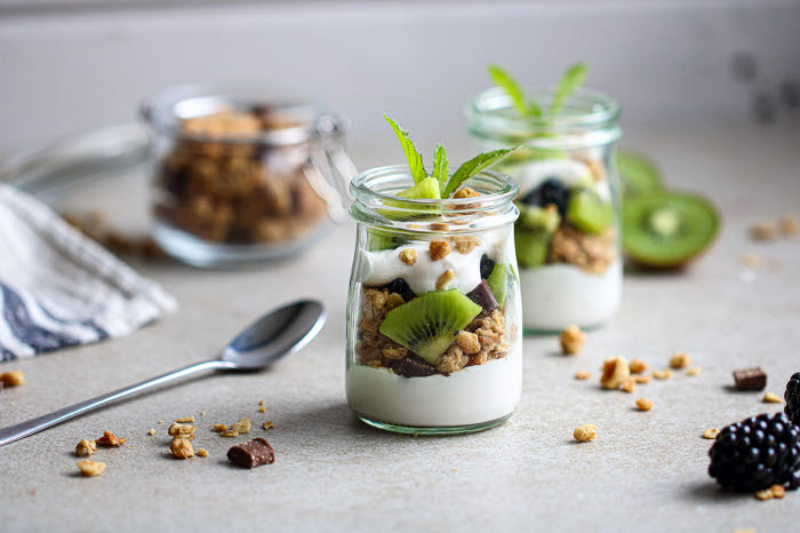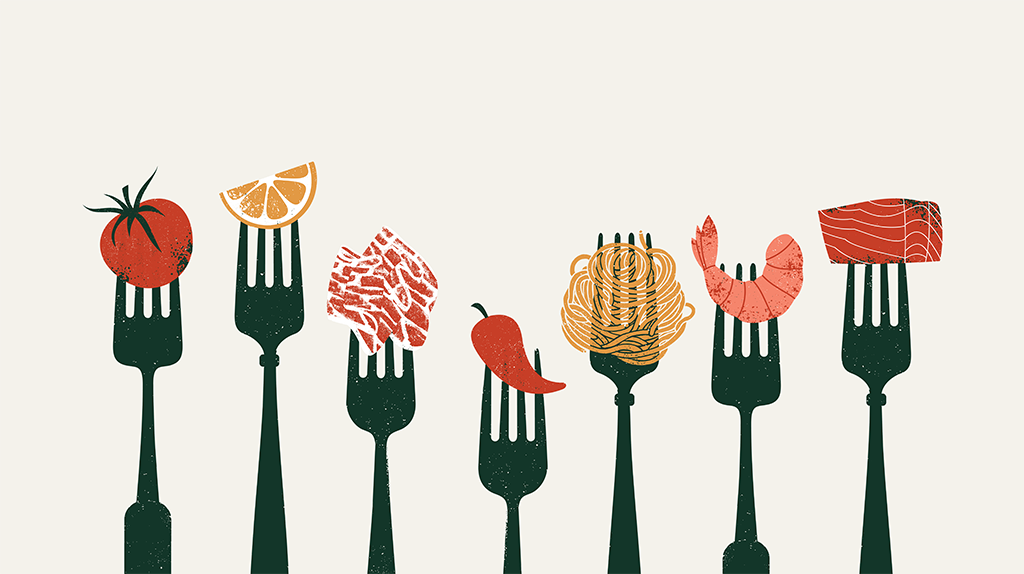Cost of living? HFSS legislation? Carbon Footprint reduction? Clean label formulation Allergen removal? Shelf life quality and extension? Plant based and Vegan food development? Palm-oil free? It might surprise people to know that humble, plant-based fats and oils are the often forgotten key for all of these challenges, and many more.
So how does that work?
The key point here is that it is often forgotten that the fat or oil component of a foodstuff can change the way other ingredients in the food function. The perception of sweetness can depend as much on the type of fat as the type of sweetener. The flavour molecules in chicken are typically fat soluble and not water soluble. The right ingredients with the right fat can deliver mouthfeel, succulence, tenderness and the correct ‘melt in the mouth’ experience that simply would not happen if there is a mismatch between the fat type and the other ingredients. Conversely, simply changing the fat type can enhance the function of other ingredients by creating a synergy.
Jodie Spriggs, Head of Food Applications at AAK UK, will be at Tastes of Better in Ascot on 10 October with her team, to show how even competing challenges such as ‘cost of living reformulation’, ‘suitable for vegan’ and ‘carbon footprint reduction’ in a cake, sauce or fudge can be achieved with the right fat such as a Vegan Butter or Vegan Ghee, with the identical melt profile as Dairy Butter and Ghee, but without the dairy.

Food and Fat Technology experts including Kevin McAlister, Jill Ellis and Andrew Longwell will also be there to give guidance on the very latest innovations and technology approaches, including how a less saturated fat can help increase the perception of sweetness or saltiness, so that reduction of salt or sugar can be achieved without resorting to artificial sweeteners or additives’. Also, how using the right type of filling fat in a chocolate, cake or cookie, can be whipped to give a luxurious mouthfeel while also trapping enough air to give a lighter yet stable texture with less fat, less saturated fat and less calories.
Shelf life
When a sausage roll is flaky and tender to bite into, the type of fat used does a lot of work to make sure the layers of puff pastry lift, separate and stay crisp. The challenge is to make sure that only the right type of fat, with the right crystal structure and as a low a fat content as possible, is used so you don’t get a greasy, unhealthier product, but still get the lift for a flaky texture.
Plastic packaging and waste in the supply chain is another area of focus. The plastic wrapping and unboxing of hundred of tons of industrial fats and margarines can be avoided using pumpable systems that flow like a liquid, but contain the fat crystals to mimic and even improve on (as they mix better with the other ingredients) the functionality of a solid fat block. Imagine saving the equivalent of an entire football pitch of blue plastic packaging and instead adding just the right amount of fat with the push of a button. No plastic wasted and no fat wasted and a better product with less manual labour.
On the topic of labour, often these days food manufacturers have issues such as a shortage of weekend labour for short shelf life products, giving rise to consumer complaints of ‘dryness’ or conversely ‘sogginess’. But the correct fat can increase shelf life so that products can be made on a Friday and still be good enough for the supermarket shelf on Monday.
Brain and body
Even the landscape for Health and Nutrition development is changing. Nowadays it is not just about ‘reducing the bad’ such as saturated fat, sugar, calories etc to comply with HFSS legislation. Increasingly, in a post Covid landscape, consumers are looking for what they can eat that positively impacts and benefits their health such as increased fibre, protein, control of cholesterol levels or the consumption of essential Omega 3 fat acids. This can be in the form of nutrition bars, next generation breakfast biscuits and cereals or even everyday foods such as bread. Once again the correct fats and oils technology can deliver these nutrients, help mask off tastes and perception of ‘dryness’ and create a delicious eating experience whilst delivering genuine goodness.
After the initial surge, there has been a noticeable decline in plant based foods retail sales primarily due to a drop off in secondary purchase after the initial demand as the taste, flavour and succulence failed to deliver to expectations. However, the global imperative to develop this area for sustainability, health and even food security issues means that food technology has continued to develop unabated in this space.

The difference is that now, more than ever, it is recognised that it is the synergy of different technologies as in nature itself that is key particularly in the combination of natural hydrocolloids, protein, flavour and fat. These four components deliver the full taste experience when combined and cooked together in the right way rather than any one single ‘magic ingredient’.
At Tastes of Better Ascot on 10 October, AAK will showcase all of these themes in actual food product demos that you can touch, taste, smell and feel ranging from delicious vegan feta cheese and pate to HFSS compliant muffins and reduced sugar cookies without any artificial sugar replacers. Indulgent, light whipped fillings inside chocolate shells. Non palm and non temper chocolate solutions, Vegan curries, the latest Dairy innovations for both ‘brain and body’ including cholesterol reduction and brain health in milks and yoghurts.
During the day, AAK will also showcase the specialised engineering solutions that can go hand in hand with the ingredients, including spraying equipment for glazes, release agents and divider oils or pumping equipment for specialised liquid fat solutions. There will be virtual reality tours of the factories and live short presentations of ‘introductions to fats and oils as used in industry’ including all the different forms of fats such as flakes, powders, emulsions and blocks combined with functional ingredients.
Of course every solution will also demonstrate how perfectly feasible it can be to reduce the carbon footprint and the cost of everyday products with a delicious, ‘repeat purchase friendly’ taste and texture, by using AAK fat to make the food taste fabulous.









